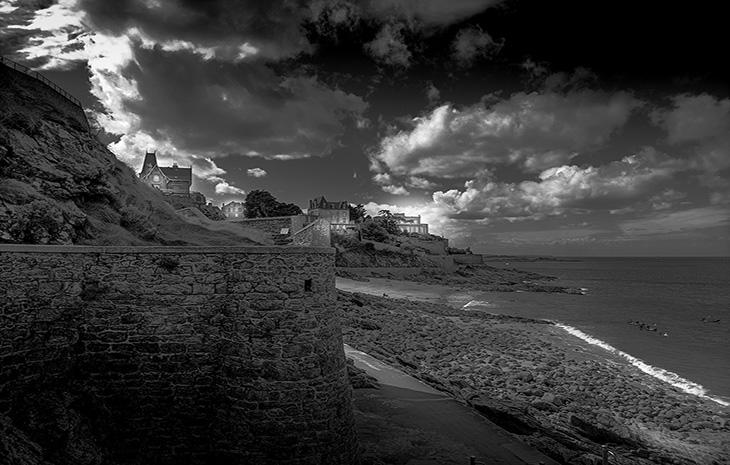
3 min read
Black & White
Landscape photography is a genre of photography that aims to capture the beauty and vastness of natu
By - Contact.foto
She seeks to convey an emotion, to tell a story, and to show the relationship between natural elements and light. Landscape photography is often used to highlight the unique features of nature.
The main elements of landscape photography: The natural landscape: Landscape photographers focus on expansive natural scenes, such as mountains, beaches, rivers, forests, valleys, deserts, grasslands, and other geological or natural formations. Light: Light is one of the most important elements in landscape photography. Natural lighting is constantly changing throughout the day, which directly influences the mood and appearance of the landscape. Golden hour (just after sunrise and before sunset) is particularly popular because the light is soft and warm. The shadows are long and the colors of the sky and natural elements are rich. Blue hour (just before dawn and after sunset) gives cool light, ideal for creating a calm and serene ambiance. The composition: Rule of Thirds: The rule of thirds is a commonly used technique for composing a landscape photo, by dividing the image into nine equal sections and placing key elements (such as a tree, rock, or sunset) on the grid lines. Guidelines: Use natural elements, such as rivers, roads, or mountains, to guide the viewer's eye through the photo. Foreground elements: An interesting foreground (like rocks, flowers, or trees) can add depth and interest to a landscape photo. Depth of field: In landscape photography, a large depth of field is often used to ensure that everything from the foreground to the background is sharp and detailed. This is usually achieved by using a small aperture (like f/8 or f/16).
Techniques for successful landscape photography: Using a tripod: For sharp landscape photos, especially when shooting in low light (like at dawn or dusk), a tripod is essential to avoid blur due to camera shake. Long exposure: Use long exposures to create dramatic effects, like smooth waves or trailing clouds. An ND (neutral density) filter can be used to extend exposure times in broad daylight without overexposing the image. Filters: Polarizing filters can help reduce reflections on water or shiny surfaces and saturate the colors of the sky and plants. A graduated ND filter balances the light between a bright sky and a darker foreground. Take into account the weather conditions: Weather conditions play a major role in the atmosphere of a landscape photo. Fog, rain, or dramatic clouds can add interest and depth to the image. Taking the seasons into account: Each season brings different elements. Autumn offers warm colors and falling leaves, winter snowy landscapes, spring flowers and fresh colors, and summer green and sunny landscapes. Importance of Landscape Photography: Nature Preservation: By capturing the beauty of nature, this form of photography can raise awareness about the importance of protecting natural landscapes and biodiversity. Escape and Inspiration: Landscape photos allow viewers to mentally escape to remote or majestic places, creating a sense of calm and connection with nature.